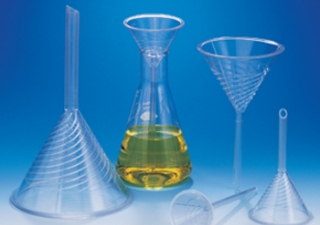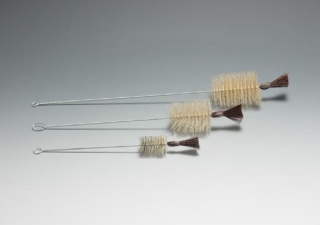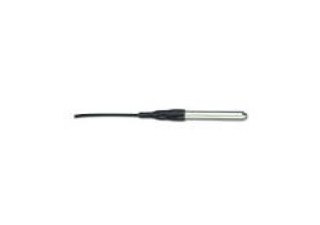Sample handling

■ 제품특징(Features)
The force plate is a large force sensor - tough enough for the average person to jump on. About the size and shape of a bathroom scale, the force plate sensor has two ranges, one reading up to 3500 N and the other to 800 N. Two handles are included for pushing or pulling. Additional pairs of handles are available.
What does the Force Plate measure?
The Force Plate will measure compression and tension forces, normal to the flat top surface of the plate. The plate is designed to measure larger compression forces than tension. Tension force measurement will require that the plate be attached to other things, such as handles on both the top and the bottom.
The Force Plate, like all force sensors, has a finite response time that limits the use of the plate to impulses longer than the natural period of vibration. This means that the Force Plate cannot respond to impulses lasting less than about 4ms, since the natural frequency is about 250 Hz. Striking the force plate with a hard object, or throwing a baseball at it, will result in impulses shorter than the natural period. In this case the data show the response of the Force Plate, not the actual impulse.
It is fine to stand or jump on the force plate. Maximum non-damaging force is 4500 N (1000 lb) compression or 900 N (200 lb) tension evenly distributed. Note that a hard 50 lb object can exert considerably more than 1000 lb peak force if dropped from a distance.
The Force Plate, like any sensor, has a limit to how quickly it can respond to a change. If a very short impulse is applied to the force plate, it will vibrate, or ring, for a short while. That ringing frequency is in the neighborhood of 250 Hz, with a period of about 4 ms. Any impulse with a duration shorter than 4 ms will only produce the ringing; there is no way to resolve anything shorter than that. Even an impulse with a time of 10 or 20 ms will be distorted by the finite response time of the force place. In order to really see the structure of an impulse, it would have be longer than 20 ms or so--ten times that would be a reasonable limit to get useful data.
기타
기타




















